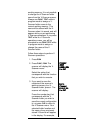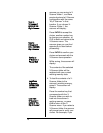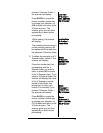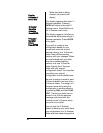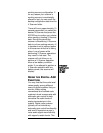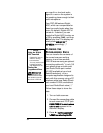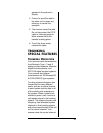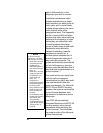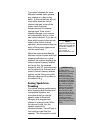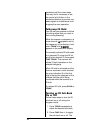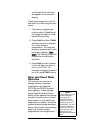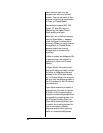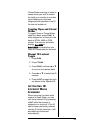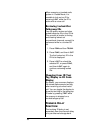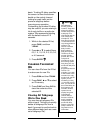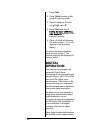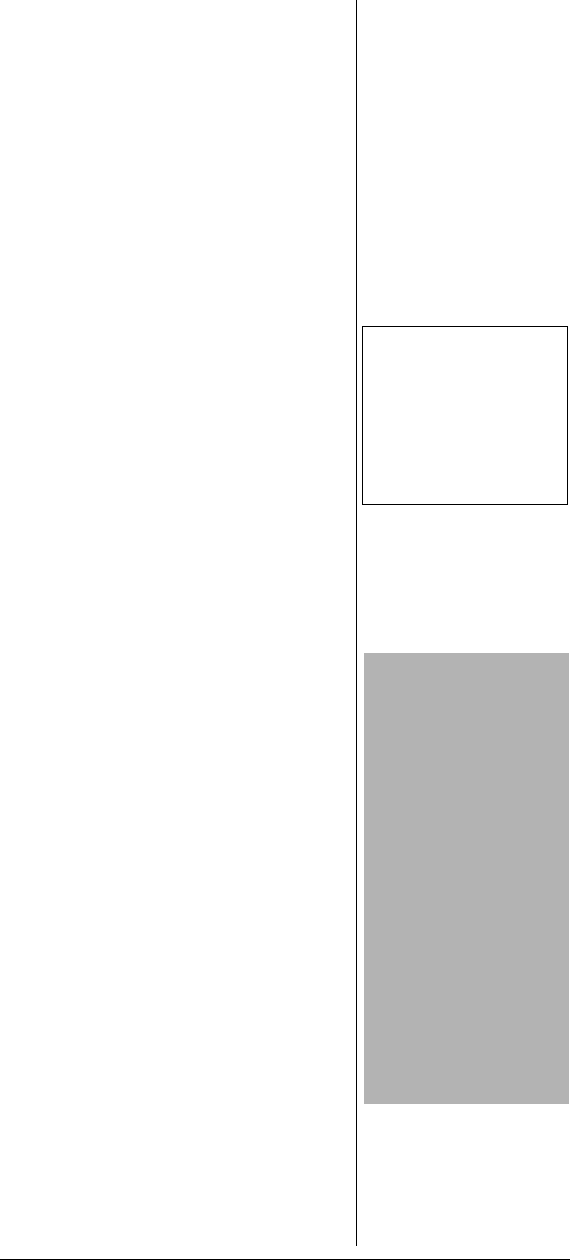
85
The control channels for some
Motorola trunked radio systems
may change on a day-to-day
basis. To ensure that you will not
miss traffic when the control
channel changes, enter all the
known control channel
frequencies into the channel
storage bank. If the control
channel changes, your scanner
will automatically lock on to the
new control channel. If you do not
know which system channels are
used for the control channel
operation, we recommend that you
enter all the system frequencies
into the same bank.
Ô
When the scanner decodes the
Motorola control channel and finds
talkgroup activation on a voice
channel, the scanner displays the
control channel memory location
on the top line, the received
frequency with VC (voice channel)
on the second line, the bank and
control channel memory location
number on the third line and the
Motorola talkgroup ID number on
the bottom line.
!
Setting Squelch for
Trunking
For optimal receiver performance
when scanning both trunked and
conventional systems, we
recommend that you set the
squelch close to threshold.
Navigate to a programmed
channel in manual mode. While
the channel is idle, turn the
squelch control fully
counterclockwise. You will hear a
loud rushing noise from the
speaker. Turn the squelch control
Ô NOTEÔ
Frequency fleet map and
talkgroup information are
also widely available on
the Internet.
For example, at
www.trunkscanner.com.
!
IMPORTANT
!
To listen to the
transmission, the mode
setting of the trunking
control or system
channels must match
the mode setting of the
associated ID list (MOT
for Motorola and APCO-
25, or ED for EDACS).
When an ID code is
received, the ID list for
the bank is searched,
and if found, the text
name stored for the ID
appears inthe scanner’s
display. If not found,
scanning resumes
immediately unless the
bank is in open trunking
mode.



